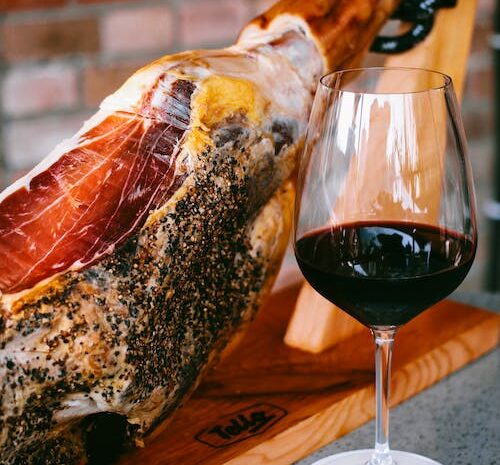
History Of Jews In Spain
No one knows exactly when Jews in Spain started to arrive. There are many rumors and legends on the subject that were spread by Jewish and Christian chroniclers, during the sixteenth century.
As the story goes, they began to arrive during the time of King Solomon, following the routes traversed by sailors. Another theory is that they began to arrive after their exile from Judaea, as ordered by Nebuchadrezzar. … Read More



